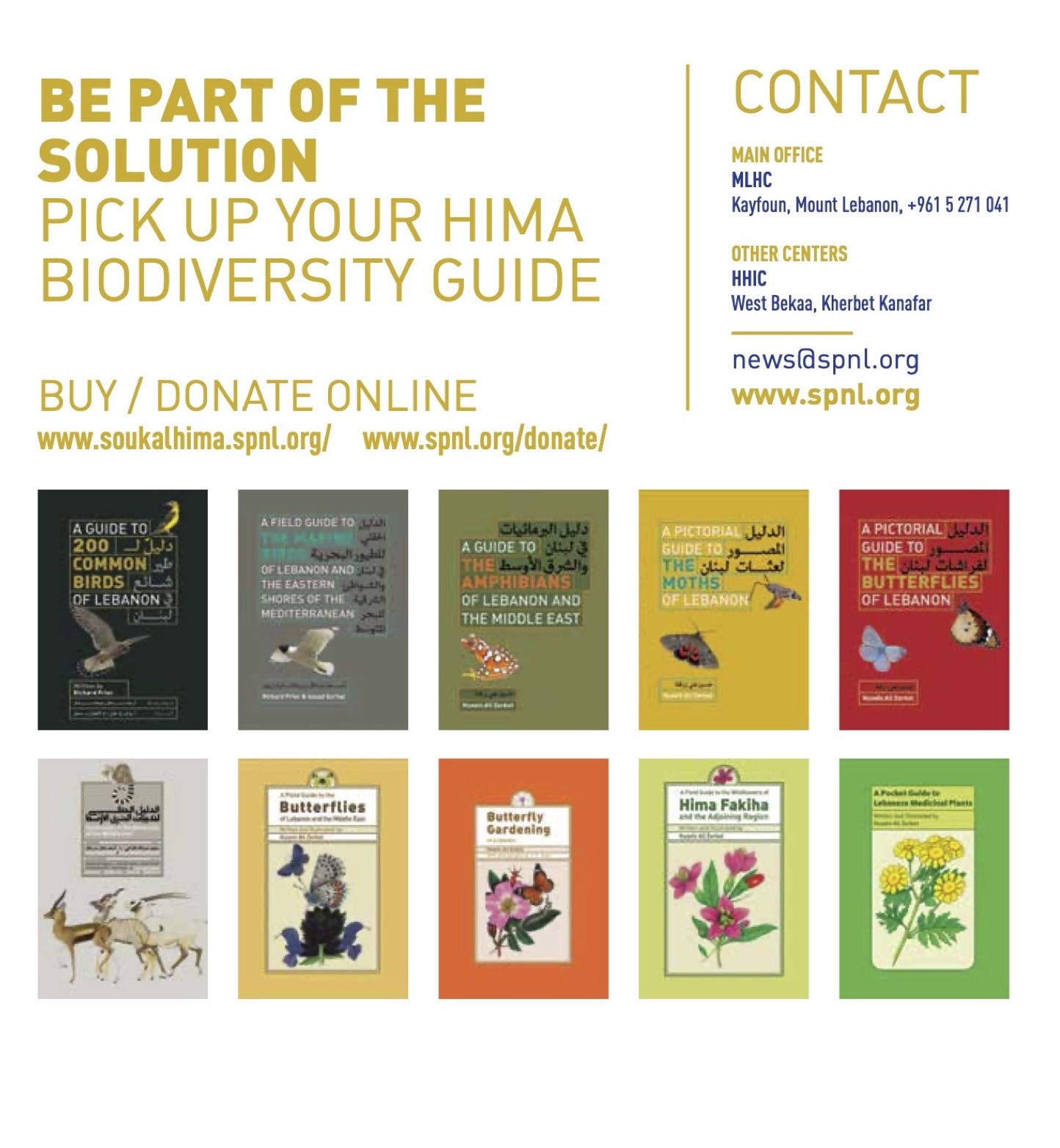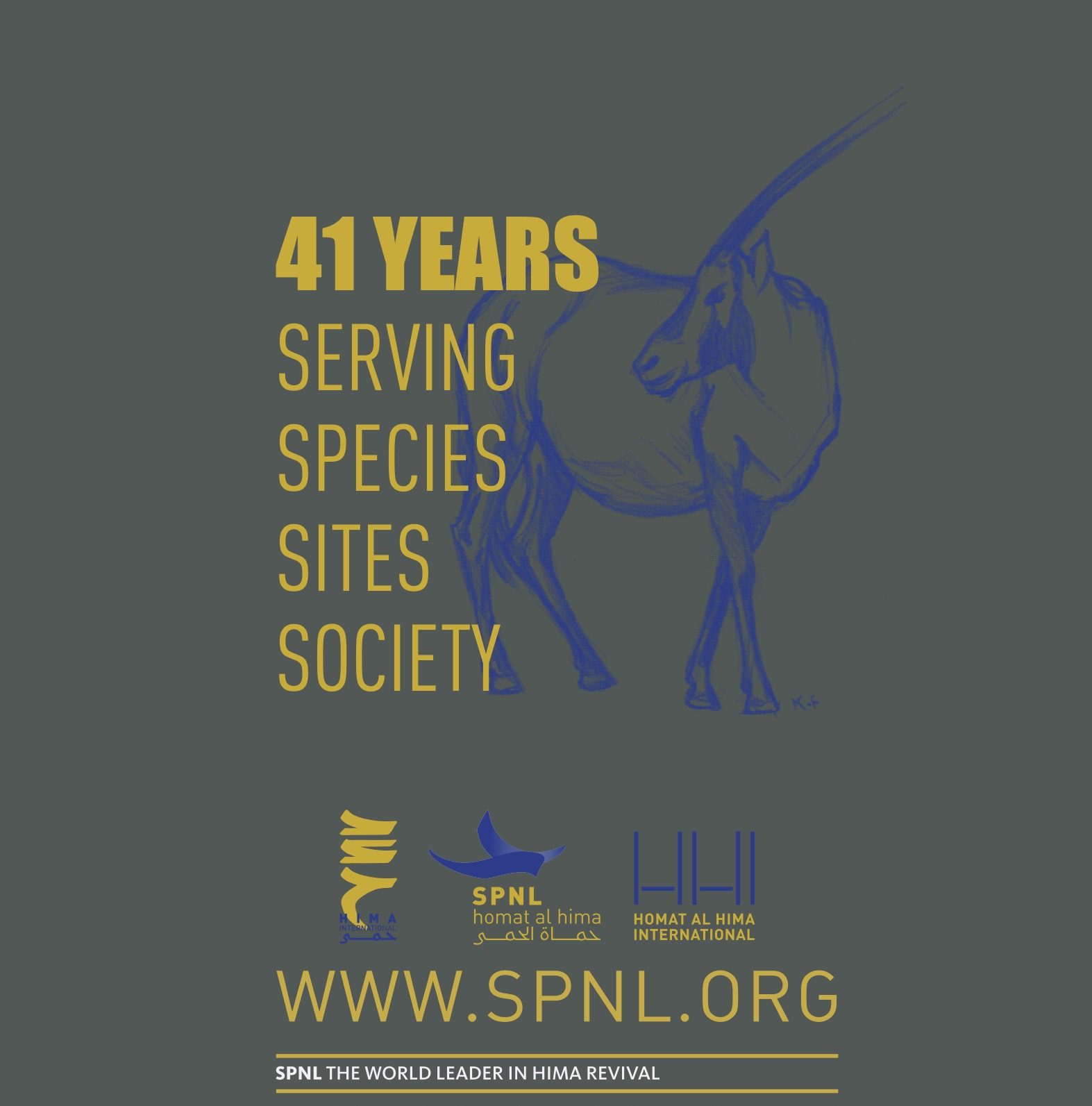Drones are increasingly used to monitor, film, and survey birds. Studies suggest that, compared to traditional methods such as ground counts or helicopter surveys, drones can minimize bird disturbance. However, best practices for drone operation vary by species and context, making it challenging to apply standardized guidelines to new conservation settings.
The Society for the Protection of Nature in Lebanon (SPNL) urges videographers, filmmakers, and drone operators to refrain from using drones to film migratory birds unless for scientific research purposes, such as population monitoring, and with strict adherence to ethical guidelines. Factors such as distance, speed, bird breeding status, and species size significantly influence the likelihood of a disturbance, potentially forcing birds to abandon critical stopover sites.
Lebanon serves as a vital migratory corridor for millions of birds traveling between Europe, Asia, and Africa. These species depend on safe resting and feeding areas to complete their long journeys. However, the increasing use of drones for bird photography and videography disrupts natural behaviors, induces stress, and can force birds off their migratory paths. Such disturbances may lead to exhaustion, disorientation, and even fatalities, posing a serious threat to global conservation efforts (A meta-analysis of the impact of drones on birds, 2024, Frontiers in Ecology and the Environment). Read the full study here.
SPNL urges videographers, nature enthusiasts, and media professionals to adopt ethical filming practices that prioritize wildlife well-being. Additionally, we call on law enforcement agencies to strengthen regulations and enforce stricter controls on unauthorized drone use in sensitive bird habitats, particularly within Lebanon’s key migratory corridors and protected areas.
“The protection of migratory birds must come before the pursuit of striking visuals,” said Bassam Al Kantar, SPNL’s Head of Campaign Strategy & Communications. “Lebanon’s rich biodiversity can be documented in ethical, non-intrusive ways that do not put these species at risk.”
SPNL reminds all stakeholders that Lebanon is committed to international conservation agreements, including the Convention on Migratory Species (CMS), and has a responsibility to protect its wildlife. By working together to safeguard migratory birds, we can help preserve Lebanon’s natural heritage for future generations.






